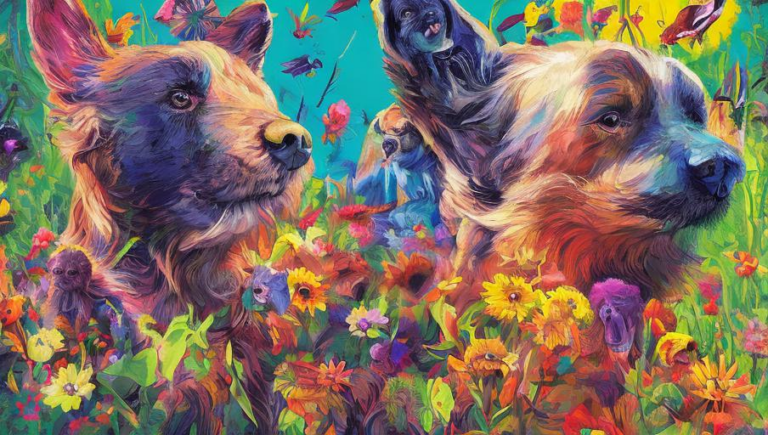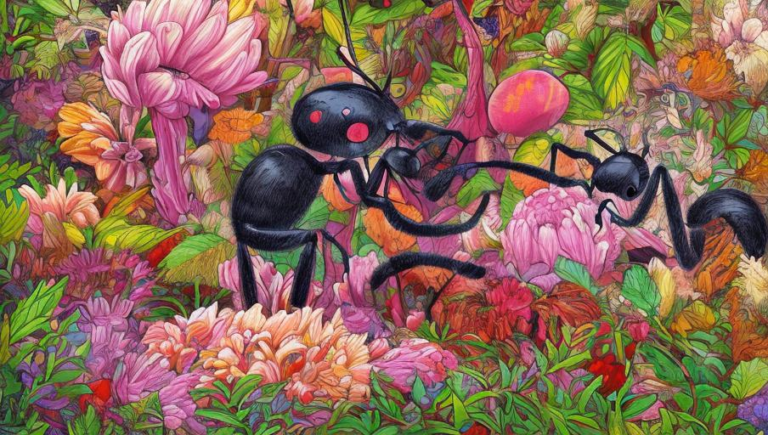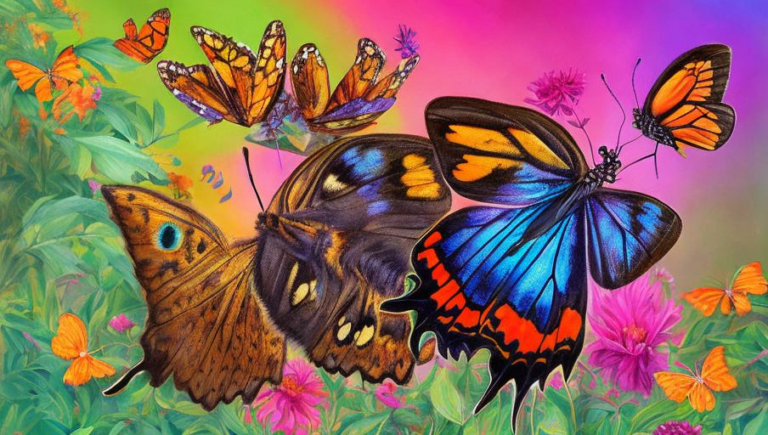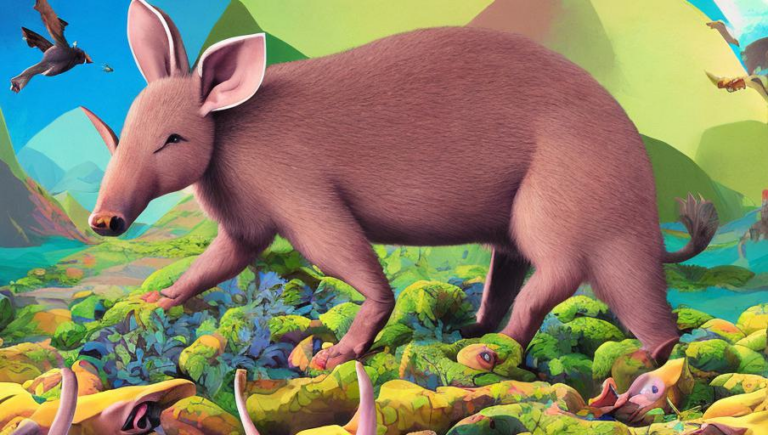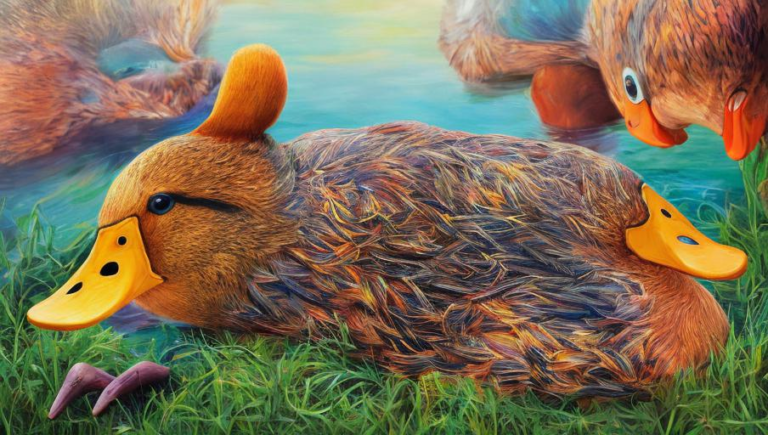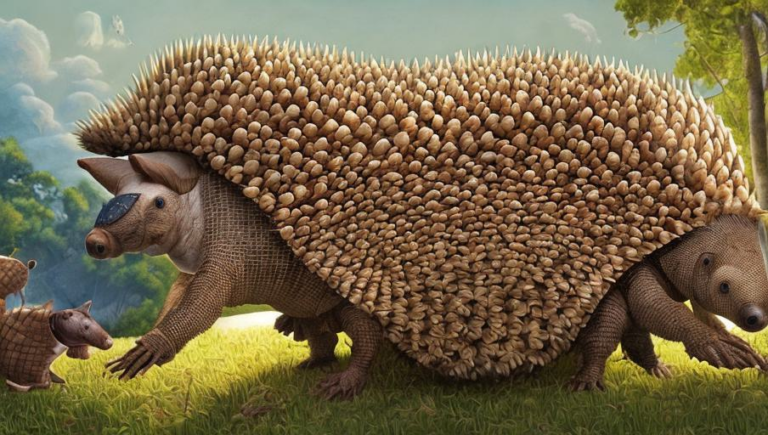Preventing Extinction – How to Help the Curlew
The Curlew: An Overview
The Curlew is a large, distinctive bird that is native to parts of Europe, Asia, and Africa. It is known for its long, curved bill, which gives it its name. Curlews have a wide variety of habitats, including wetlands, grasslands, and even some deserts. They are omnivorous, meaning they eat a variety of foods, such as insects, crustaceans, worms, and fruits. Curlews are an important part of the food chain, providing food for other animals such as foxes, badgers, and kestrels.
Why the Curlew is in Trouble
Unfortunately, the Curlew is endangered, with its population dwindling in recent years due to a variety of factors. The main threat to the Curlew is habitat loss and degradation, as wetlands, grasslands, and other habitats are increasingly being turned into farmland or developed for housing and other uses. In addition, hunting and illegal trapping of Curlews are also a major threat to their survival. Climate change is also an increasing danger, as rising temperatures and changing weather patterns can have an adverse effect on the habitats that Curlews need to survive.
What Can Be Done to Help?
There are a number of things that can be done to help save the Curlew. The first is to help protect their habitats by preserving wetlands, grasslands, and other habitats that are vital to their survival. This can be done through land conservation efforts, such as setting aside areas for wildlife and protecting them from development. Additionally, hunting and illegal trapping of Curlews must be strictly monitored and discouraged.
Another way to help the Curlew is to support conservation efforts and research. Organizations such as the Royal Society for the Protection of Birds, the British Trust for Ornithology, and the International Union for Conservation of Nature are all working to protect the Curlew. Supporting their efforts by donating money, time, or resources can help them in their efforts to protect this species and its habitats.
Finally, raising public awareness about the plight of the Curlew is another way to help. Educating people about the importance of protecting wildlife and their habitats can go a long way in ensuring the survival of the Curlew and other endangered species.
Conclusion
The Curlew is a unique and endangered species that needs our help. By protecting their habitats, discouraging hunting and illegal trapping, supporting conservation and research efforts, and raising public awareness, we can help ensure the survival of this species and its habitats for future generations.
